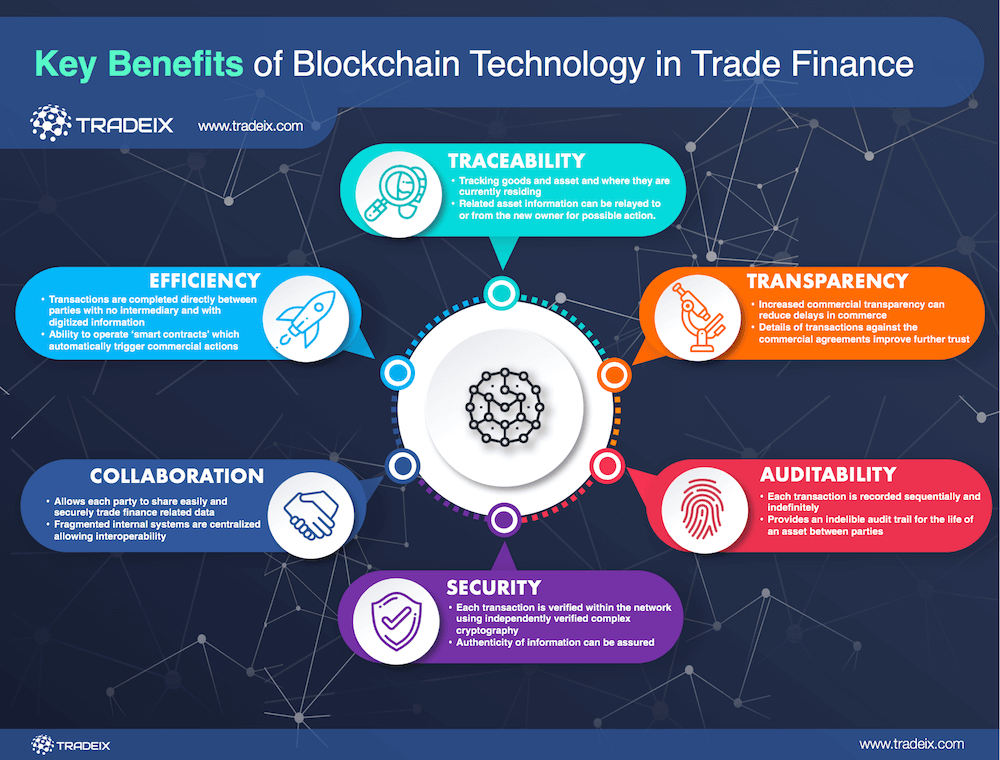 In South Korea, a consortium of banks are developing a Blockchain-powered platform to trade unlisted securities, and aim to have the system in place by the end of 2019.
In South Korea, a consortium of banks are developing a Blockchain-powered platform to trade unlisted securities, and aim to have the system in place by the end of 2019. This announcement is just the latest in which a series of countries make such statements.
There are numerous examples of different global exchanges, which have projects to explore how to use Blockchain technology to trade assets. Such projects include Over The Counter (OTC), shares in private companies, derivatives and traditionally illiquid assets like property, cars or art etc. While initially it was thought that Blockchain technology would not be able to cope with the volumes that many of the larger stock exchanges have to deal with, these concerns seem to have abated as the technology matures.
Here is a selection of what some of the different global exchanges have been doing:
● In the USA, Nasdaq, back in December 2015, successfully traded shares using its private share-trading platform, Linq. This was launched with Citigroup to offer, in effect, unlisted companies in a digital format.
● Last year, Nasdaq Stockholm and the Swedish Bank (SEB) started testing the use of Blockchain to register all transactions in real-time.
● Blockchain-based solutions have undergone rigorous testing on the Nasdaq Tallinn exchange.
● The London Stock Exchange (LSEG), in cooperation with IBM, has begun testing a Blockchain-based platform to fully digitalized trades in the shares of small and medium-sized companies. These tests are being carried out by the Italian operator of LSEG, Borsa Italiana.
● The Swiss Stock Exchange is finalising its digital asset trading platform - the SIX Digital Exchange - using Blockchain technology. It is aiming to lead to the “tokenization” of shares, ETFs, and other types of assets which have traditionally been illiquid i.e. property, paintings and cars.
● In November 2018, The Depository Trust & Clearing Corporation (DTCC) from the USA started testing its credit derivatives (Trade Information Warehouse system) using Blockchain technology.
While the promise of transparent and real-time settlement sounds highly appealing, one needs to remember that many of the transactions, especially those in the derivatives market, currently require funding to allow trades to be ‘netted off’.
The challenges in introducing real-time settlements into the derivatives markets are succinctly summarised in an FT article, citing a report from Greenwich Associates, which said “ Over a 28-day sample in the volatile months of November and December 2019, the average gross settlement balance was $360 billion and the net was $32 billion, 90% of the funding needs were eliminated via netting. What’s more, thanks to multilateral margining and risk management protocols of DTCC, these $32 billion net settlements were secured with a mere $8.3 billion in commitments to the reserve fund from markets participants”.
Introducing Blockchain Technology into the capital markets is not easy. It will require considerable capital because of the development of such Blockchain-powered platforms require whole systems to be built from scratch, needing software, hardware and people with the appropriate skills. Additionally, the stock exchanges must ensure the highest possible level of trading security and stability to maintain market confidence.


